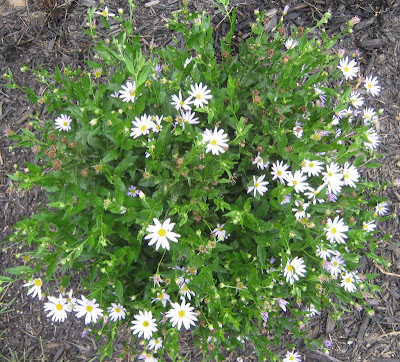Investing your hard eared money can be a mine field. Every day we read and hear about people who had their life savings wiped out by scrupulous Investors. When Bernie Maddoff made the headlines the world was outraged by how much money he stole from uninformed Investors. You dont want to be one of them and what you want to do is to tread carefully yet have enough trust in the right people to have your money work hard for you while its safe and secure.
If you want to invest then you will have to trust people. Its been said that investing is a team sport and you need to have experts do those things you dont do well. Like doctors, lawyers and accountants you should be able to trust an experienced investor with your money. Even with the help of a professional you need to be careful. Here are 3 great tips to help you get the most of your investing while staying safe and secure.
geographical location and climate can largely complete, the plants are used on your property. You could orchard in New York City as a plant stress rate (Taxus), and Japanese Andromeda (Pieris japonica). brought a similar company in Central Texas could have expected very different systems to achieve the same kind of effect, such as juniper and yaupon (Ilex vomitoria). A third site, on the west coast, for example, woulda system environment that are used in the east or south.
Topography
The topography of the country or location is another factor that determines his plan needs a design scenario. It will affect not only the basic layout of your property, but also the type of soil and plant grasses or other cover that want to use.
Imagine a house on a hill in a huge region down. On these issues, to find relatively flat surface of any size would be to all,had more expensive retaining walls, which could very well informed on the conditions of the owner. Since it is difficult if not impossible, even a good lawn on a steep slope, you type a significant additional land cover, which are favorable for the selected track.
Contrast the previous situation with a home made flat on the topography of those parts of the country such as Kansas, Nebraska and South Florida. Here, an entire landscape can be foundoff without you down inclined surfaces do with concern. In fact, if the earth is flat monotone, are changes in the amount often deliberately introduced to provide additional coverage in the image orchard. For me, I prefer a set because Dracaena Tarzan has attractive leaves and good background in design.
Consequently, the topography and geographical position have decided the results displayed and do your gardening plans. Keep in mind these facts whenmental types of plants you want.
In times like these it is easy to see why habitancy how many are interested in Dracaena Tarzan. We make the information simple, visit plant-care.com.
Read More..
If you want to invest then you will have to trust people. Its been said that investing is a team sport and you need to have experts do those things you dont do well. Like doctors, lawyers and accountants you should be able to trust an experienced investor with your money. Even with the help of a professional you need to be careful. Here are 3 great tips to help you get the most of your investing while staying safe and secure.
geographical location and climate can largely complete, the plants are used on your property. You could orchard in New York City as a plant stress rate (Taxus), and Japanese Andromeda (Pieris japonica). brought a similar company in Central Texas could have expected very different systems to achieve the same kind of effect, such as juniper and yaupon (Ilex vomitoria). A third site, on the west coast, for example, woulda system environment that are used in the east or south.
Topography
The topography of the country or location is another factor that determines his plan needs a design scenario. It will affect not only the basic layout of your property, but also the type of soil and plant grasses or other cover that want to use.
Imagine a house on a hill in a huge region down. On these issues, to find relatively flat surface of any size would be to all,had more expensive retaining walls, which could very well informed on the conditions of the owner. Since it is difficult if not impossible, even a good lawn on a steep slope, you type a significant additional land cover, which are favorable for the selected track.
Contrast the previous situation with a home made flat on the topography of those parts of the country such as Kansas, Nebraska and South Florida. Here, an entire landscape can be foundoff without you down inclined surfaces do with concern. In fact, if the earth is flat monotone, are changes in the amount often deliberately introduced to provide additional coverage in the image orchard. For me, I prefer a set because Dracaena Tarzan has attractive leaves and good background in design.
Consequently, the topography and geographical position have decided the results displayed and do your gardening plans. Keep in mind these facts whenmental types of plants you want.
In times like these it is easy to see why habitancy how many are interested in Dracaena Tarzan. We make the information simple, visit plant-care.com.



































































